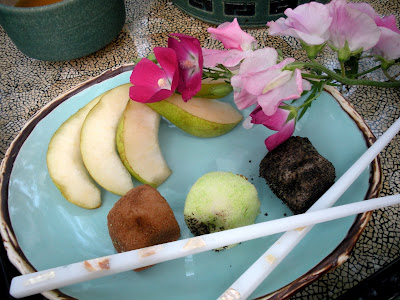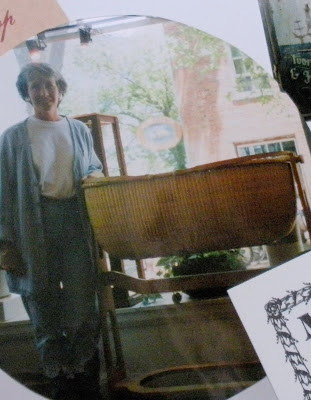
Oenothera Speciosa
Today I'm taking you along to the Lady Bird Johnson Wildflower Center to see some of my favorite Texas wildflowers.
Oenothera speciosa is the scientific name for evening primrose.
This plant is sometimes known as showy primrose because the flowers often open in the morning rather than evening.
You might know this little wildflower as a buttercup. It gets that name from the cup shape petals and its butter colored pollen. As a child, this is one of the first wildflowers I knew. It was great fun to pick one of these and push it onto someone's face to give them a "butter nose".
The delicate flowers are about 3 inches wide with four petals. They can range from a dark pink to a pale pink.
Here in Texas we can plant them from seed in the fall, though they are common along the highways and in open woodlands. They generally bloom from the middle of March well into July.
Lady Bird Johnson, a former First Lady of the United States, delighted in this sweet, pink flower. In her book, WILDFLOWERS ACROSS AMERICA, Mrs. Johnson said, ". . . evening primrose — to me one of the most exquisite and feminine of all wildflowers." At one time the pink evening primrose was chosen for an early logo for her National Wildflower Center at Austin.
This hardy drought tolerant wildflower is one of the few evening primroses that blooms during the daytime.
Some of these little "buttercups" also come in a sunny yellow variety.
The square-bud primrose has a more distinctly square shape to the petals, and the flowers are a bit smaller than the pink evening primrose.
Mixed in among the pink and yellow evening primroses in the planting I photographed are these striking winecups that are a deep burgundy color.
The cupped petals of the winecup are deeper than the primrose. This deep burgundy color is a common variety to Central Texas.
There is also a white variety.

The winecups are in the Mallow Family.
The National Wildflower Center was established in 1982 to protect and preserve the native plants and natural landscapes of North America. The Center is one of the leading research institutions for native plants.
Spectacular displays of color blanket both garden plots and open areas at the center.
Across from the National Wildflower Center is another nature preserve for those who like to bike.
The Veloway Park is exclusively for bicycles or rollerblading. It's a three mile paved loop that winds through Slaughter Creek Metropolitan Park.
The roadside is sprinkled with blankets of beautiful wildflowers.
This post was written for Mrs. Matlock's class assignment for the letter O. Click here to join Mrs. Matlock for more Letter O topics for Alphabe-Thursday.
I've also linked this post to the following upcoming weekly blog parties. Click on each below to visit others participating in that day's party.
Saturday ~ Beverly's Pink Saturday
Tuesday ~ Tam's Three or More Tuesday
Wednesday ~ Susan's Outdoor Wednesday

























































































.PNG)













.JPG)














.jpg)












































































.jpg)






